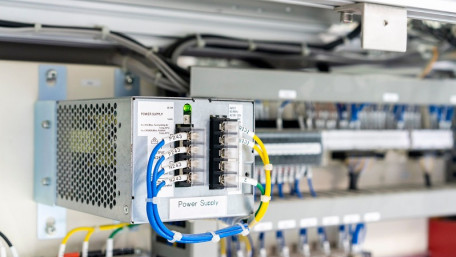
DC voltage systems exist to provide controllers and field devices with stable power, but it is not always clear when these systems should be bonded with the…
DC voltage systems exist to provide controllers and field devices with stable power, but it is not always clear when these systems should be bonded with the earth ground of the AC line voltage supply.
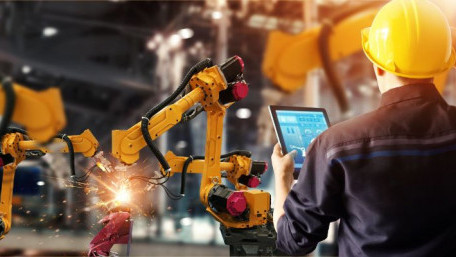
Designing an obsolescence mitigation plan to detect and solve mitigation risks before they occur is key to avoiding…
Designing an obsolescence mitigation plan to detect and solve mitigation risks before they occur is key to avoiding costly downtime and a potential catastrophe in control environments.
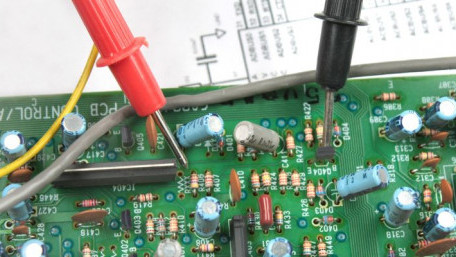
Control engineering is integrally woven together with electricity and electrical circuits. Even so, sometimes the most…
Control engineering is integrally woven together with electricity and electrical circuits. Even so, sometimes the most basic scenarios become misunderstood through lack of training or experience.
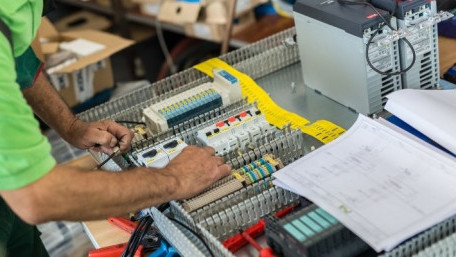
Power supplies tend to get a reputation as one of the most important power considerations of a DC control circuit - but…
Power supplies tend to get a reputation as one of the most important power considerations of a DC control circuit - but we can’t ignore other key players: power filters, converters, and backup power modules.
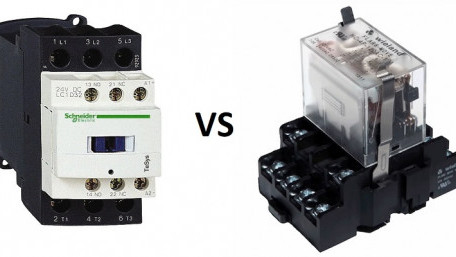
Although the are similarities in operating theory, relays and contactors are used in industrial circuits for different…
Although the are similarities in operating theory, relays and contactors are used in industrial circuits for different specific applications, and should not be used interchangeably.
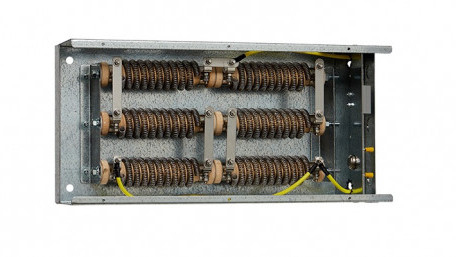
Large DC and AC motor drives often provide terminals for installing a braking resistor. What are these resistors, and how…
Large DC and AC motor drives often provide terminals for installing a braking resistor. What are these resistors, and how do they slow down a machine? What hazards and cautions must be considered?
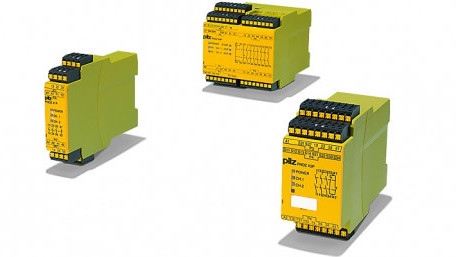
Redundancy and safety are often seen together in industrial safety systems. Safety relays monitor emergency devices to…
Redundancy and safety are often seen together in industrial safety systems. Safety relays monitor emergency devices to switch contacts based on status - but what makes them different from normal relays?
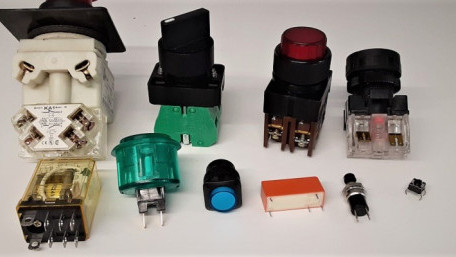
Before digital control systems, responses were fairly slow. Push a button, and a motor contactor engaged. These days, the…
Before digital control systems, responses were fairly slow. Push a button, and a motor contactor engaged. These days, the speed of computers introduces some new challenges but brings solutions as well.
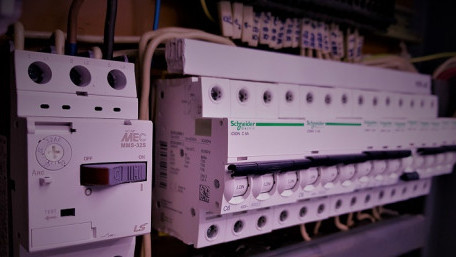
Labels are such a small detail in the world of robotics and automation, they are often given very little attention.…
Labels are such a small detail in the world of robotics and automation, they are often given very little attention. However, they play a vital role in proper system function - from installation to troubleshooting.
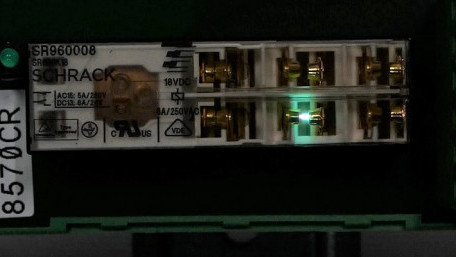
Inductive loads, such as solenoids and contactors, can cause arcs and failures back into electromechanical switching…
Inductive loads, such as solenoids and contactors, can cause arcs and failures back into electromechanical switching devices, causing costly downtime. The solution is cheaper than you think.
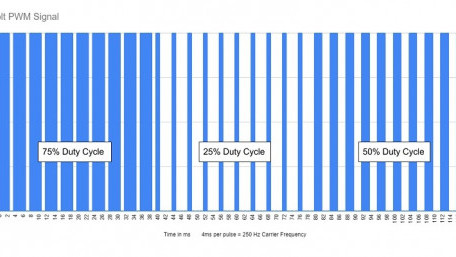
Power delivered to devices can be changed by raising or lowering the voltage and current. But this method does not always…
Power delivered to devices can be changed by raising or lowering the voltage and current. But this method does not always produce intended results. Pulse width modulation (or PWM) can be used to better control variable loads.
Any industrial electrician can instantly recognize a relay, but when it comes to wiring, why are the terminals numbered…
Any industrial electrician can instantly recognize a relay, but when it comes to wiring, why are the terminals numbered in such apparently random order?
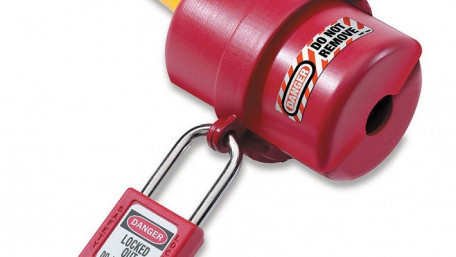
One of the most visible elements of industrial safety is the use of lock-out-tag-out (LOTO) devices, familiar to those…
One of the most visible elements of industrial safety is the use of lock-out-tag-out (LOTO) devices, familiar to those with experience. But, if you are new to the workforce, a brief introduction may be helpful.
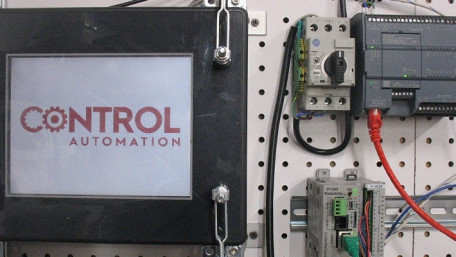
Learn the basics of connecting multiple PLCs to an HMI using various data types.
Learn the basics of connecting multiple PLCs to an HMI using various data types.
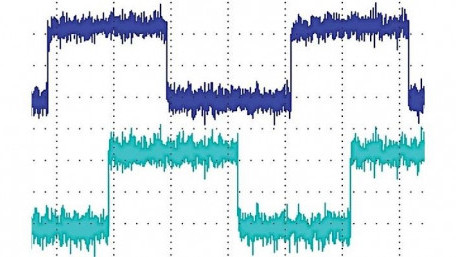
Noise signal sources occur primarily from radiofrequency interference (RFI), often in the form of impulse functions or…
Noise signal sources occur primarily from radiofrequency interference (RFI), often in the form of impulse functions or arcing. How do you mitigate process noise from your control system?
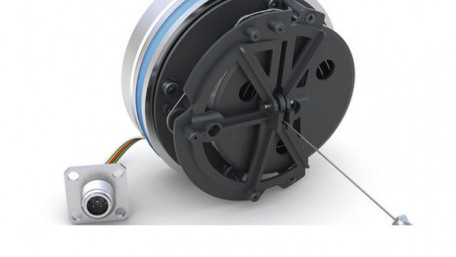
This article takes a look at several products that can help you make your fluid power systems smarter.
This article takes a look at several products that can help you make your fluid power systems smarter.
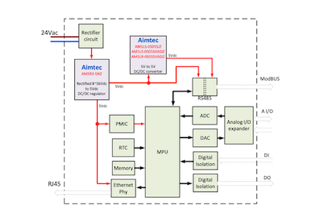
Building automation systems run commercial offices and factories. These systems have subsystems, broken into even smaller…
Building automation systems run commercial offices and factories. These systems have subsystems, broken into even smaller parts. All of these parts need power. This article will review the parts of a building automation system and its power needs.
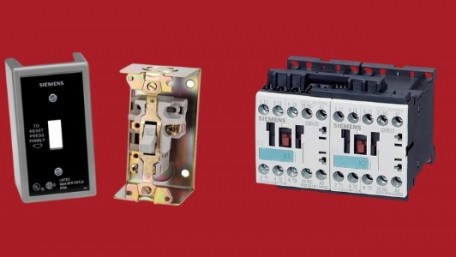
Motors drive all sorts of processes in a facility. Depending on the application, which motor starter is best suited for…
Motors drive all sorts of processes in a facility. Depending on the application, which motor starter is best suited for your needs?
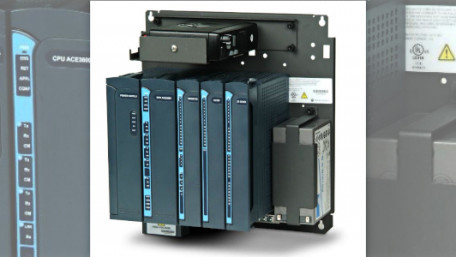
Learn the basics of remote terminal units (RTUs) and how they fit into a SCADA system.
Learn the basics of remote terminal units (RTUs) and how they fit into a SCADA system.
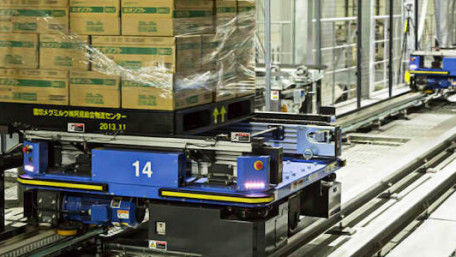
Let’s take a closer look at retrofitting T-cart control with newer technology, such as using laser distance sensors…
Let’s take a closer look at retrofitting T-cart control with newer technology, such as using laser distance sensors versus limit switches.
